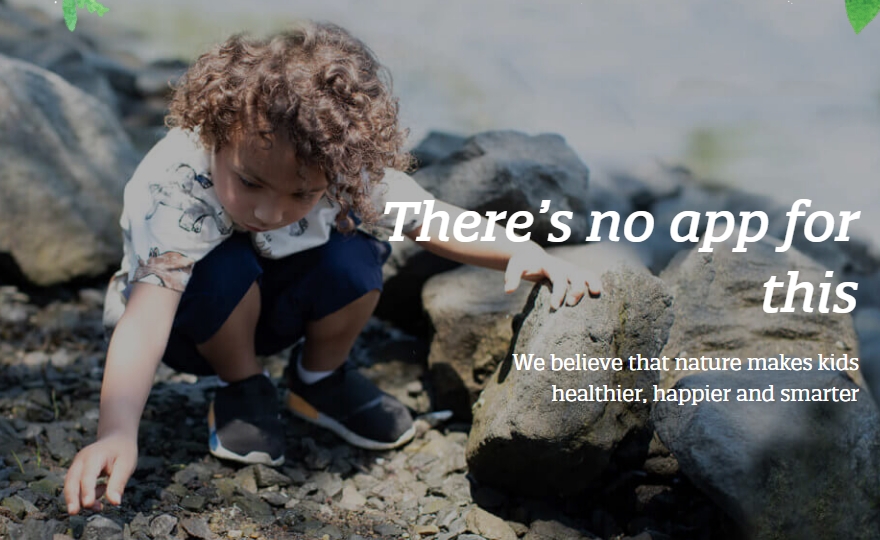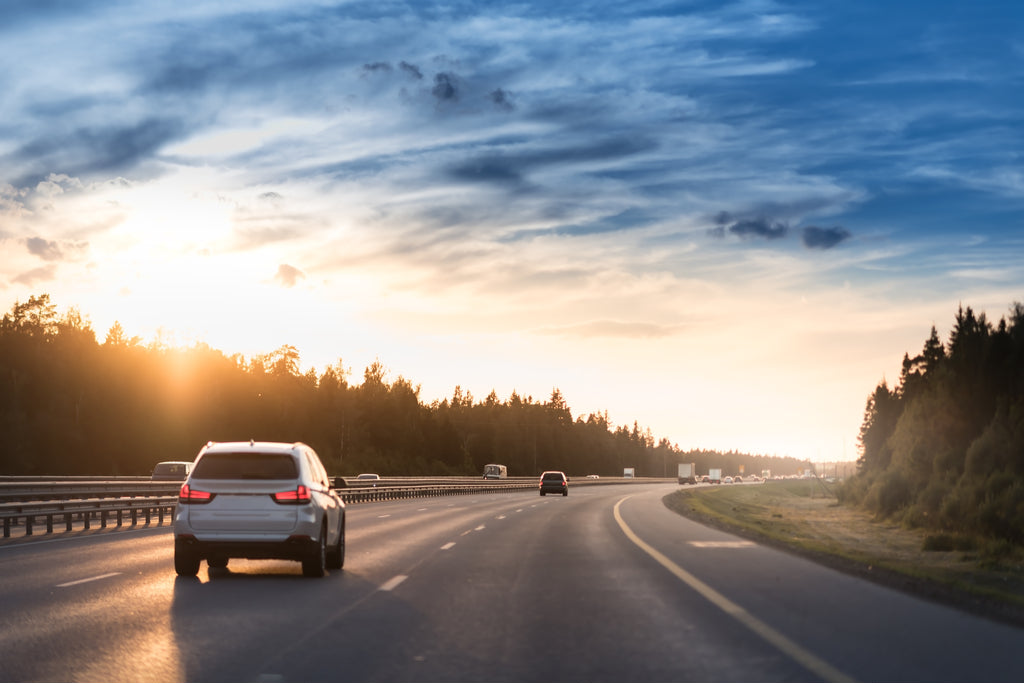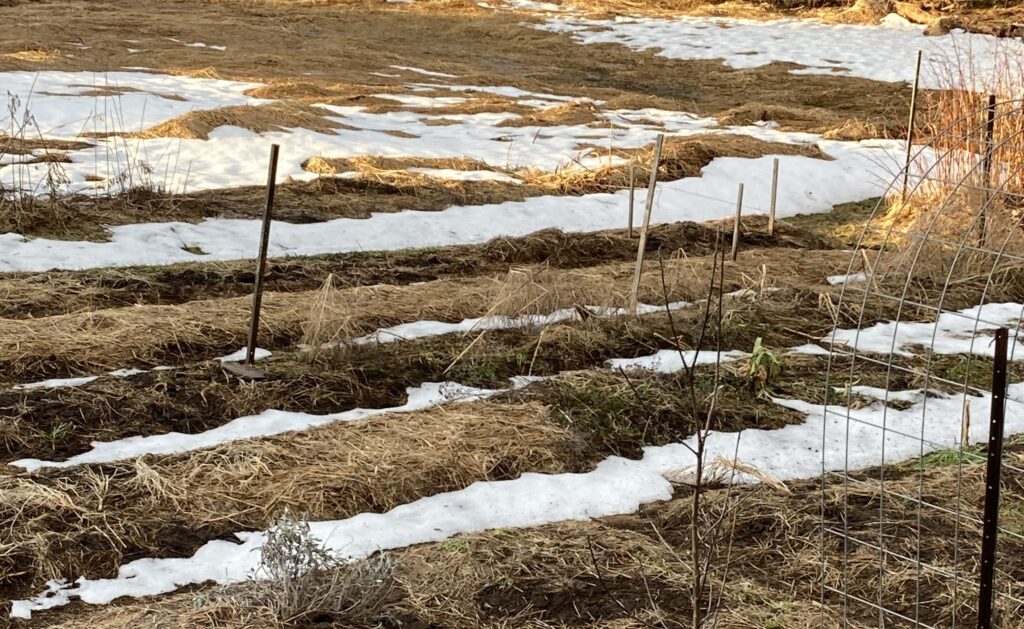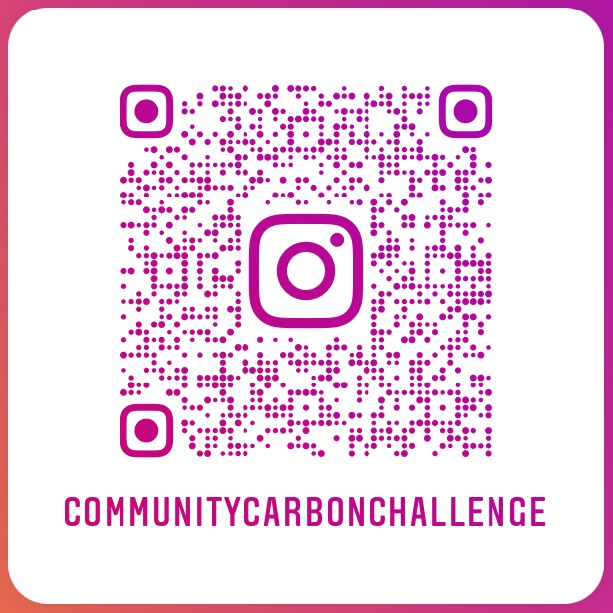Get Yourselves and The Kids Outside More
I will ensure the kids get outside more and encourage independent play. “Passion is lifted from the earth itself by the muddy hands of the young; it travels along grass-stained sleeves to the heart. If we are going to save environmentalism and the environment, we must also save an endangered indicator species: the child in nature.” ~ Richard Louv

In his 2005 book “Last Child in the Woods” Richard Louv defined what teachers, researchers, and physicians were seeing in many children as Nature-Deficit Disorder.
Children have recently become more disconnected from the natural world.
Among the reasons are the proliferation of electronics; poor urban planning; increased street traffic; diminished importance of the natural world in education; and parental fear magnified by news and entertainment media.
All this contributes to a diminished use of the senses, attention difficulties, obesity, and higher rates of emotional and physical illnesses. We know how to reverse this trend. Studies show that for children and adults, exposure to nature will decrease stress and violent tendencies and is vital to healthy human development.
Research also suggests that nature-deficit weakens ecological literacy and stewardship of the natural world. We must ensure all children have equitable access to outdoor spaces where they can learn, play and grow. A knowing of nature is essential for future generations to imagine a world in which they can all live in harmony with nature.
Resources
- Interview June 2024 – The Future and the New Nature Movement / Guest: Richard Louv Author of Last Child in the Woods (youtube.com)
- More Green, Less Screen: Children & Nature Network
- What is Nature-Deficit Disorder?: Children & Nature Network
- Connecting With Nature: Canadian Wildlife Federation
Slow down, reduce carbon pollution and save $$$
I will drive at or below 100 kph on highways. Fact: Driving at 100 km/h burns 20% less fuel than driving at 120 km/h. Source: Natural Resources Canada

You can drive a vehicle with an Internal Combustion Engine (ICE) and reduce carbon pollution and save money.
Based on 20,000 km/year burning 20% less fuel will reduce emissions by 920 kg CO2eq and save you $680/year.
Other techniques to cut emissions and save money include:
- Accelerate gently – imagine an open cup of coffee on the dashboard. Don’t spill it!
- Maintain a steady speed – on the highway use cruise control to maintain a steady speed.
- Coast to decelerate – every time you use your brakes, you waste your forward momentum.
- Avoid idling – turn off your engine when you’re stopped, especially while waiting at schools.
- Check tire pressure – just one tire underinflated by 56 kPa (8 psi) will increase your fuel consumption by 4%.
Consider an electric vehicle for your next ride.
“The scientific consensus is that burning fossil fuels creates a thickening blanket of heat-trapping pollution. It’s real, it’s human-caused and it’s affecting us today.” — Louise Comeau
Resources:
- Fuel-efficient driving techniques (canada.ca)
- The Impact of Tires On Your Carbon Footprint and Your Health – Climate Action Muskoka
- Break The Idling Habit. – Climate Action Muskoka
- Re-examine your fossil fuel-free transportation options – Climate Action Muskoka
Growing Your Own Food
I will grow more of my own food this growing season.
The many benefits of growing your own food include eating fresh produce, supporting local wildlife, exercise, and saving money. 12 Benefits Of Growing Your Own Food

It’s time to plan for the 2024 growing season.
Browsing through the many seed catalogues available is a great way to get inspiration. Many are available online; you don’t need to order a paper copy. Seeds can be delivered to your door by Canada Post (see lists in the links below). Seeds are also available in many local stores.
If you have never tried to grow your own food, this may be the year to give it a try, even if it’s just a few herbs in a window box. If you have access to a larger space, talk to locals about what grows well in your area and when to plant.
Don’t spring into garden clean up too soon though.
Butterflies, bees, pollinators, and other beneficial insects overwinter in the dead leaves and hollowed out stems of last year’s plants, and it is important not to disturb them until temperatures are consistently above 10°C. Insects are a vital part of a balanced ecosystem and seed heads can serve as a valuable early food source for birds.
Resources:
- Spring Clean-up: A Toronto Master Gardener Guide
- Please Resist the Urge to Clean Up Your Gardens: Embracing Nature’s Cycle
- Vegetable Gardening for Beginners – The Old Farmer’s Almanac
Where can I get seed:
- Grow Your Own – Vegetables – Climate Action Muskoka – with links to online seed venders
More from past challenges:
- Grow your own food | Buy locally grown | Eat in season – link to list of Farmers Markets in Muskoka
- The Carbon Footprint of Food – Bonus Quick N Delish
A new challenge will appear in our weekly newsletter every few weeks
Here’s a list of all previous
New Challenges:
- Get Yourselves and The Kids Outside More
- Slow down, reduce carbon pollution and save $$$
- Growing Your Own Food
- Repair Your Broken Stuff
- Let’s Talk
- A Safe and Just Space for Humanity
- Learn about Planetary Boundaries
- Individual Climate Action Matters: Use your influence
- Heat pumps are the most efficient heating technology ever invented.
- Scientists understood the physics of climate change in the 1800s
- Nature Nurtures
- Fossil Fuels, Petrochemicals and Plastic
- Say No To Peat
- Re-examine your fossil fuel-free transportation options
- Food and Farmland
- Imagine a fossil fuel free future
- Preserve Biodiversity – Nurture ‘Everyday Awe’
- Community Carbon Challenge – 2023
- Municipal Election
- Preserve Your Own Food
- Nature-based Solutions
- Grow your own food | Buy locally grown |
Eat in season. - “Silent Spring“ – 2022
- Efficiency without sufficiency is lost
- Get Outside — Spring Edition
- Talk To Your Kids About the Climate Crisis
- Yes, heat pumps work in winter in Canada!
- Think Globally – Act Locally
- Winter Recreation – Get Outside
- Repair Everything II
- New Year’s 2022 — CO2, A Direct Result of Consumption
- A Climate Christmas Carol
- I will work to further reduce my Carbon Footprint
- Get Creative to Reduce Your Carbon Footprint This Holiday Season
- A Stitch In Time – Mend Your Clothes
- Break the Idling Habit
- Don’t Upgrade Your Phone (Yet)
- Going On a Picnic…
- Support the Circular Economy
- A Call to Action at Every Level
- Choose People-Powered Recreational Vehicles
- Restore the Dark Sky
- Active Transportation in Muskoka
- Carbon Drawdown – Rewilding
- The Carbon Footprint of Your Refrigerator
- The Carbon Footprint of Your Next Vehicle
- The Carbon Footprint of Food – Bonus “Quick N Delish”
- Grow Your Own Vegetables
- Shop Local – Reduce Your Carbon Footprint
- Repair Everything
- The Carbon Footprint of Getting Dressed
- The Footprint of Food Packaging
- Energy Vampires
- The Impact of Tires on Your Carbon Footprint and Your Health
Return to the Community Carbon Challenge – here
